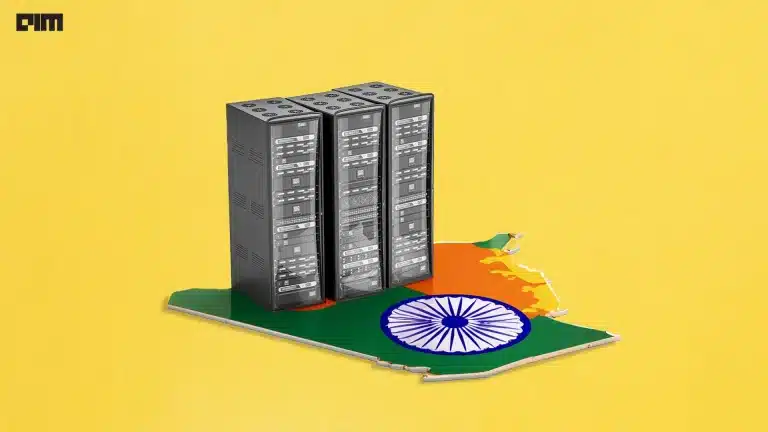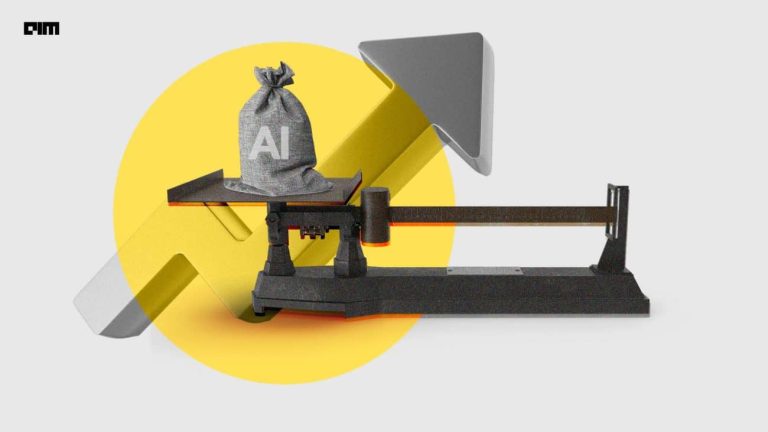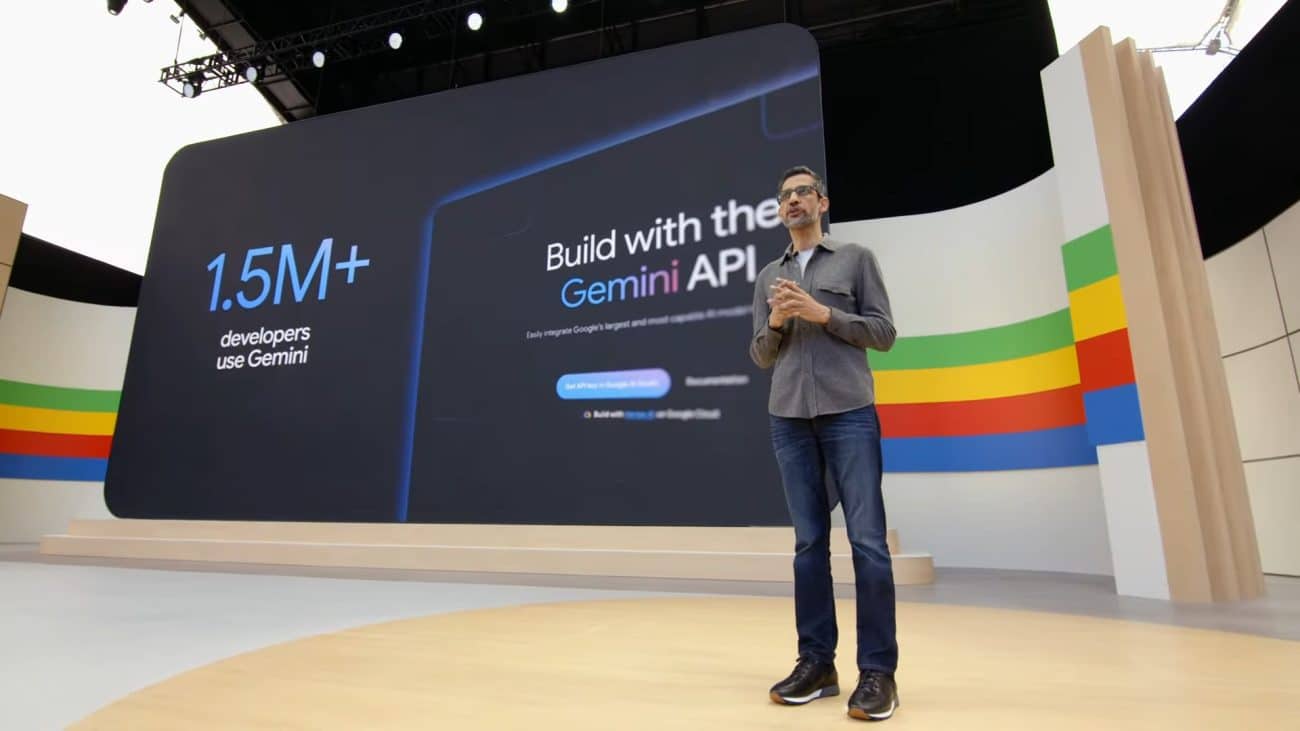Google Maps has revolutionised how one travels around the world. Ever since its launch in 2005, Google maps have improved tremendously and today they can be used to view a street in 360 degrees, locate remote places, find safer and faster routes and look for recommendations. This product by Google has single handedly improved the productivity of the daily commuters by a huge margin.
Timeline of Google Maps
2005
- Google launches Maps services in February.
- In September, Google Maps was used in the aftermath of Hurricane Katrina that allowed users to view the extent of the flooding in various parts of that city.
2007
- Google Maps for Mobile 2.0 was released.
- Offered traffic data as a coloured overlay on top of roads.
- Releases Google Street View.
For all this, crowdsourcing was used to obtain the GPS-determined locations of a large number of cellphone users, from which live traffic maps are produced.
2008
- Google announces Google Maps app for its Android operating system.
2014
- Google’s Ground Truth team published Street View House Numbers (SVHN) dataset, implemented by Ian Goodfellow. This work was critical in making Google Maps more accurate.
2016
- Google rolls out new satellite imagery worldwide sourced from Landsat 8, comprising over 700 trillion pixels of new data.
Happy 15th Birthday @GoogleMaps! Reflecting today on some of the ways it’s been helpful to me, from getting around more easily to finding a good veggie burrito wherever I am:) Thanks to the support of our users, Maps keeps getting more helpful every day.https://t.co/Q4ky0pEpC3
— Sundar Pichai (@sundarpichai) February 6, 2020
Today Google Maps turns 15 and let’s see how Google Maps is driving next-gen technology like AI.
How Google Maps Keep Getting Better
Google Maps users contribute more than 20 million pieces of information every day–that’s more than 200 contributions every second.
To ensure this contributed info is helpful, Google publishes it only if we have a high degree of confidence in its accuracy.
This has enabled engineers at Google Maps to build a data set of more than 150 million places around the world, which are available to developers through the Places API.
The Places API includes rich data on location names, addresses, ratings, reviews, contact information, business hours, and atmosphere–helping companies empower their users.
From processing and storage systems like Dataflow and Cloud Spanner to machine learning libraries and frameworks like TensorFlow, we’re able to make sense of a river of incoming data.
Google uses satellite and street-level imagery and machine learning to identify roads or businesses and add information to the maps data.
However, deploying Maps is not straightforward and is very challenging. For instance, tree cover over roads can make it hard to see for satellite imagery.
Add in the fact that there are different machine learning algorithms and human operators in the loop who need to understand a lot of complicated factors, one can understand how challenging it can be.
There is also a chance of new roads and buildings being built all the time, which requires round the clock updates.
In countries like India, where the majority of the population prefers public transport for a daily commute, Google Maps has a key role to play. From bus timings to route maps, Google services are quite significant. But, in densely populated countries like India, traffic congestion is a major problem both for those in transit and the algorithm that serves Google Maps.
To solve this, Google Maps is launching live traffic delays for buses in places where there is no real-time information from local transit agencies.
Today, over one-third of addresses globally have had their location improved thanks to this system. In some countries, such as Brazil, this algorithm has improved more than 90% of the addresses in Google Maps today, greatly improving the usability of the maps.
This is one of many ways in which Google Maps is powering infrastructures around the world and facilitating the building of smarter, more connected societies.









































